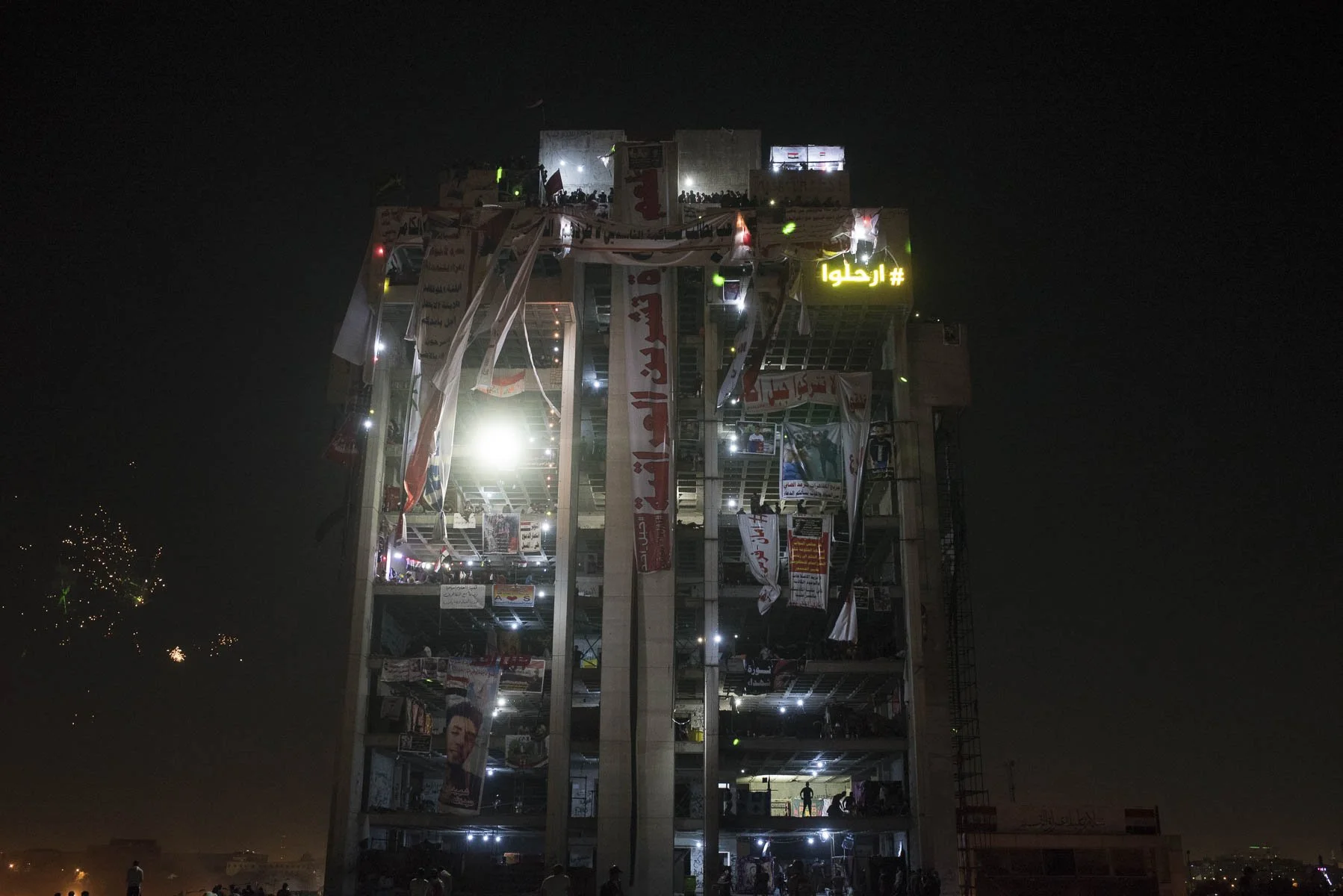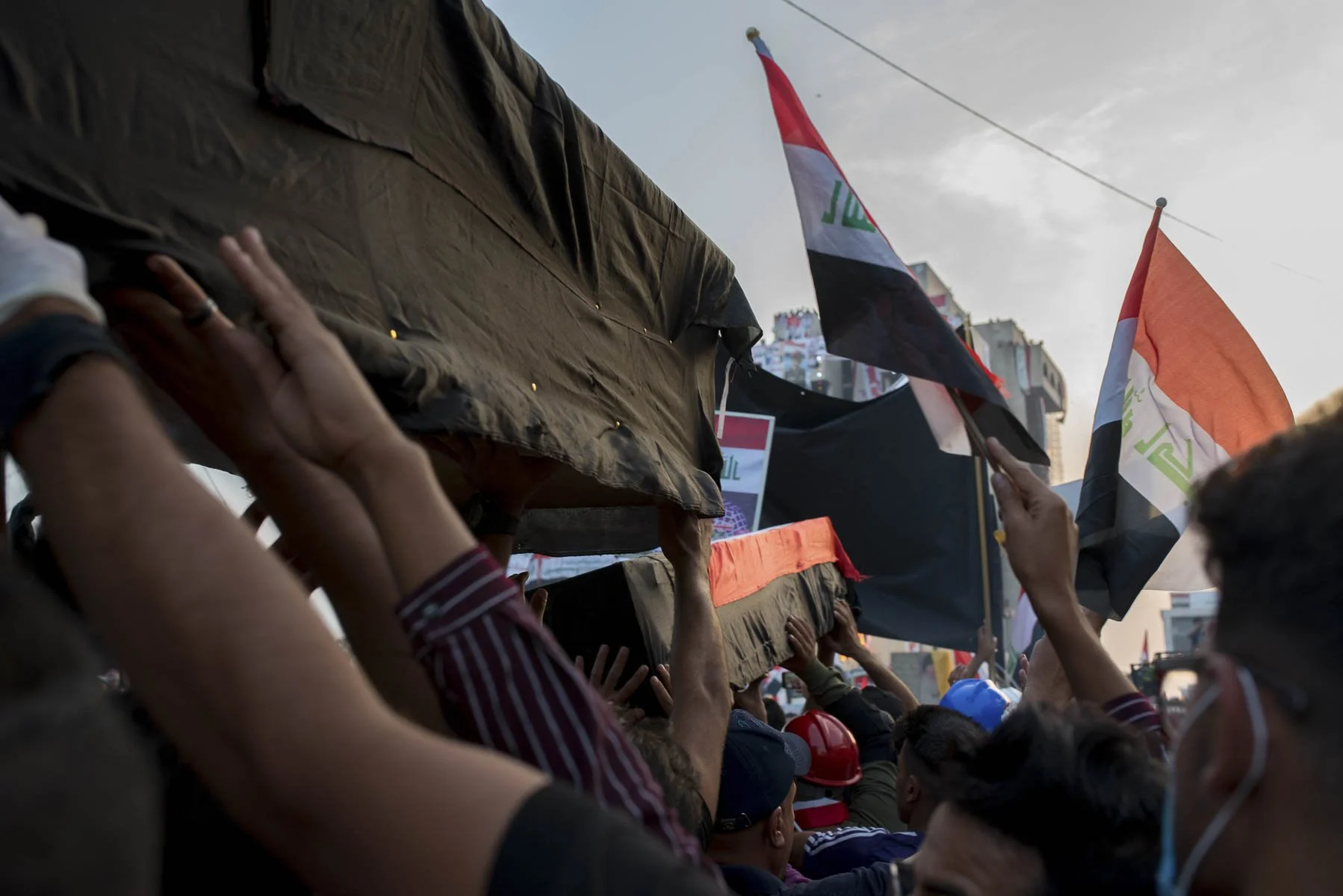October Revolution
The defeat of ISIS in 2017 marked a turning point for Iraq, ushering in a period of stability previously unseen in the country. Baghdad, the capital, experienced a notable calm, with many residents remarking that the city hadn't been as peaceful in three decades. This newfound tranquility was particularly empowering for young Iraqis, who relished a sense of freedom long absent. The cultural scene flourished with vibrant art exhibitions, new cafes, and restaurants, adding to the lively atmosphere.
However, amidst these positive developments, significant challenges persisted. Corruption, high unemployment, political sectarianism, and inadequate public services continued to plague the nation. Foreign interventionism further complicated matters. Protests erupted initially in the southern and central provinces before spreading to Baghdad, where demonstrators occupied the central Tahrir Square.
By late October, the demonstrations reached a crescendo, with protestors not only demanding comprehensive governmental reform but also vehemently opposing Iranian influence, particularly Iranian-aligned Shia militias. In response, the government, supported by Iranian-backed militias, resorted to brutal tactics, employing live ammunition, sharpshooters, water cannons, pepper spray, and tear gas against the protestors, resulting in numerous casualties.
A widely used slogan in this phase of the protests was: “nurid watan"/we want a homeland"—reflecting a longing both for a sense of unity and for a self-determined life in dignity.












